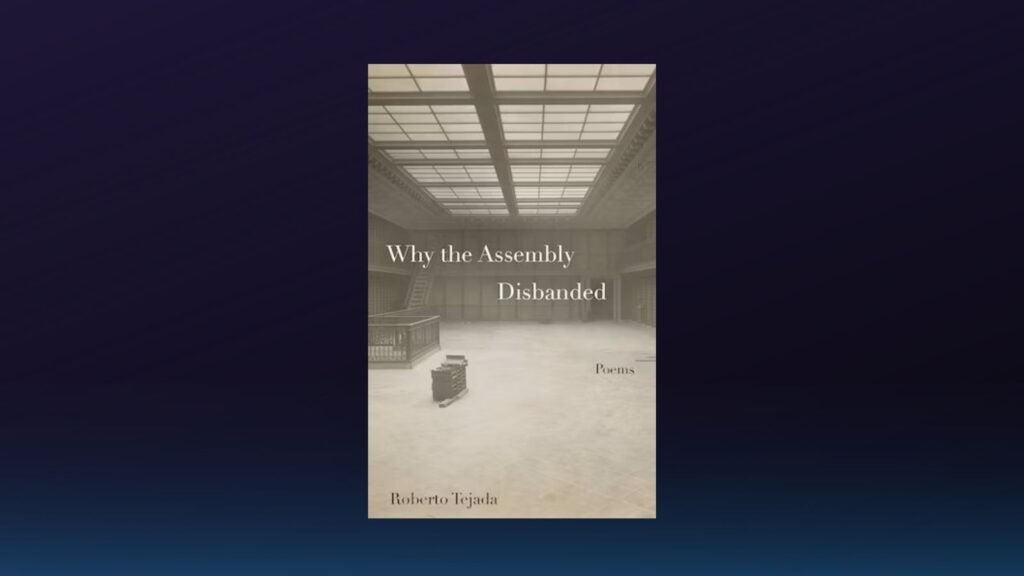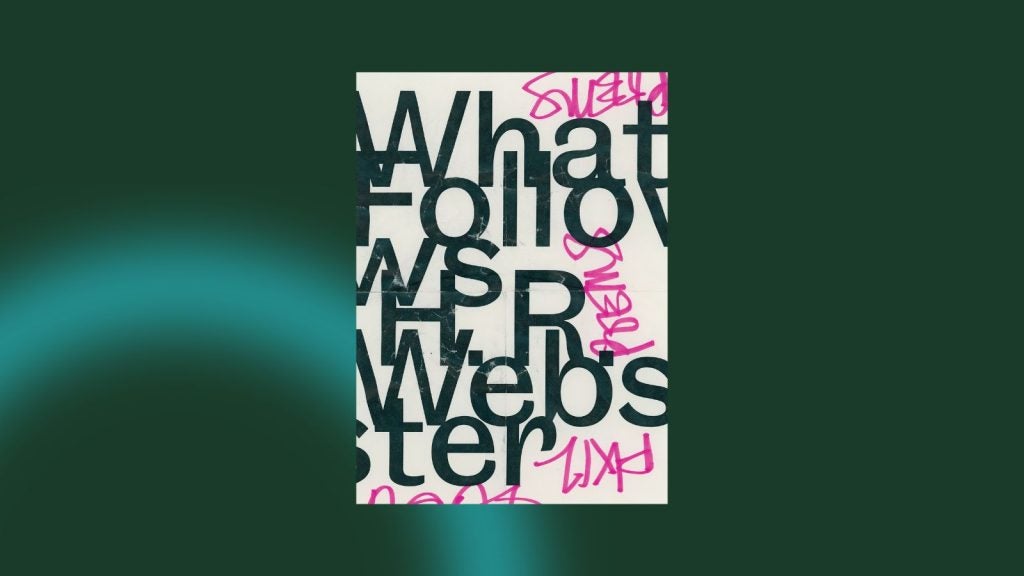Where the Music Plays: On “Tori Amos Bootleg Webring” by Megan Milks and Locating Queer and Trans Identity in Online Fandom’s Archives
Megan Milks traces the origins of their queer and trans identity in a coming of age memoir about trading Tori Amos bootlegs at the dawn of the internet age. Anyone who logged onto the internet in the mid-nineties, whether through AOL or a service like CompuServe or Prodigy, engaged in the practice of authoring oneself. …








